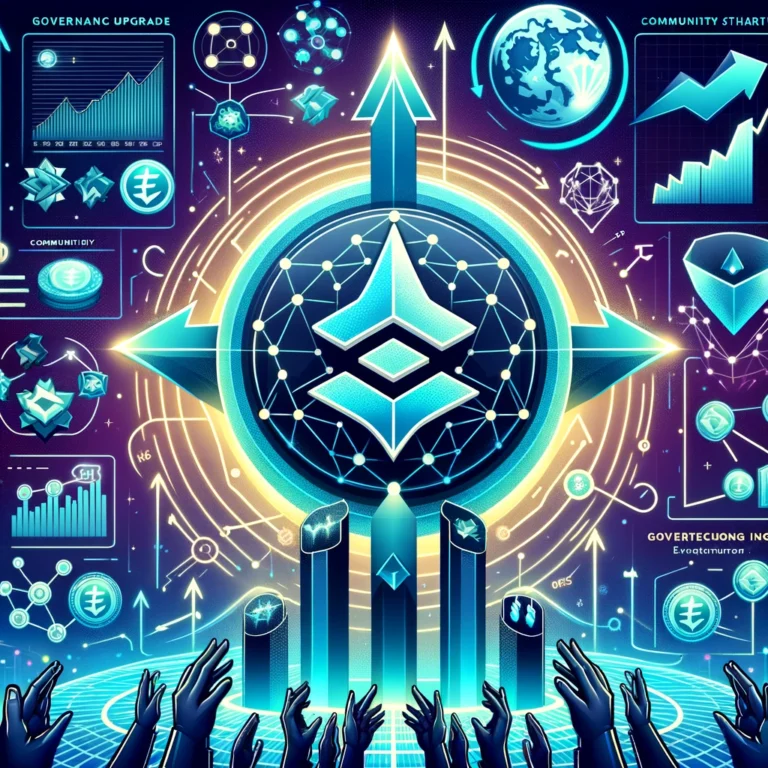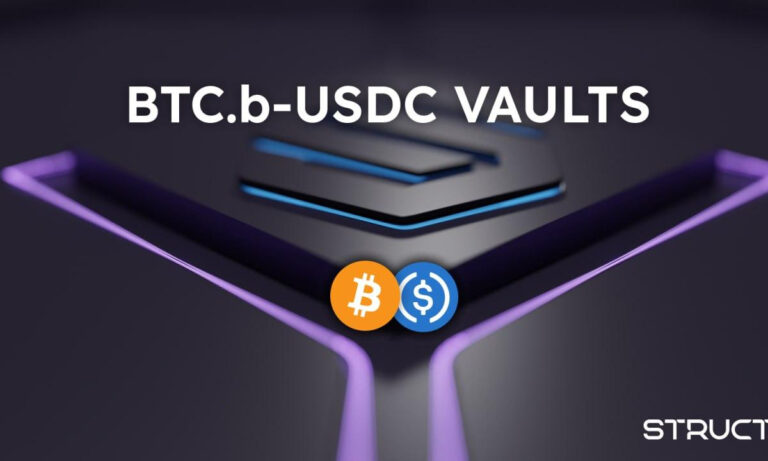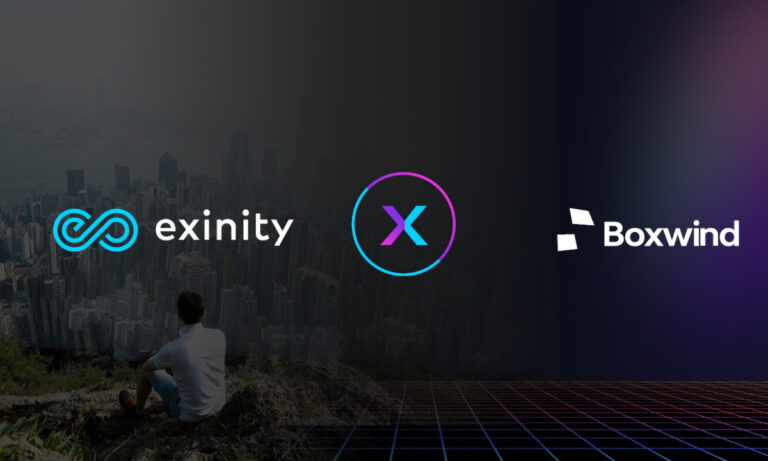WEB3 Gaming: The Complete Guide for Beginners and Experts

- web3-based games offer an innovative perspective for participating in games through decentralized approaches.
- Web3 games are built on decentralized platforms, which means that they do not rely on centralized servers controlled by a game developer.
Web3 gaming is just an umbrella term used to refer to blockchain games that utilize blockchain technology to enable decentralization, ownership, and monetization of in-game assets.
Web 3 games use blockchain technology to store game assets as unique tokens that are owned by the players. The tokens can be traded on decentralized marketplaces and can be used in other games with the same standard.
Basically, Web3 games use cryptocurrency as the primary means of payment and rewards for players. These games often use non-fungible tokens (NFTs) to represent in-game assets that can be bought, sold, and traded like physical assets.
Because blockchain technology is decentralized, players can interact with each other and trade in-game assets without the need for intermediaries like banks or game developers.
By leveraging blockchain technology and exploring the endless possibilities that it holds, here are the key components of how Web3 games work:
- Smart Contracts: Smart contracts are simply programs stored on a blockchain that run when predetermined conditions are met. Web3 games utilize smart contracts with the terms of the agreement between buyer and seller being directly written into lines of code.
- Decentralized Game Assets: In Web3 games, in-game assets simply refer to models of in-game ownership. The assets are represented as Non-Tungible Tokens (NFTs) on a blockchain. These NFTs can be owned by players and traded in a decentralized marketplace.
- Cryptocurrency Payments: As explained earlier, Web3 games typically use cryptocurrency as the primary means of payment and reward for players.
- Decentralized Game Ecosystem: Web3 games are built on decentralized platforms, which means that they do not rely on centralized servers controlled by a game developer. Instead, the game ecosystem is controlled by the players themselves, which enables more transparency, security, and fairness.
There are several Web3 games currently available. Here are some examples:
- Axie Infinity: Axie Infinity is an NFT-based online video game developed by Vietnamese studio Sky Mavis. At its core, the game allows players to collect, breed, and battle fantasy creatures called Axies. Players can earn cryptocurrency by participating in battles and breeding there.
- Decentraland: Decentraland is a virtual world founded by Esteban Ordano a software engineer who co-founded Decentraland alongside Ari Meilich. Players have the privilege to buy, sell, create, and monetize their own games and experiences within the virtual world.
- Gods Unchained: Gods Unchained is a tactical trading card game run by Chris Clay, founded by brothers James and Robbie Ferguson. Similar to other Web3 games, players can earn cryptocurrency by participating in matches and tournaments.
- The Sandbox: Founded in 2011 by Arthur Madrid and Sébastien Borget, The Sandbox is a virtual world where players can create and monetize their own games, experiences, and virtual items using cryptocurrency. Players can buy and sell virtual land and assets as NFTs on the blockchain.
Also Read: GETTING STARTED WITH SANDBOX (SAND): HERE’S A BEGINNER’S GUIDE
Closing Thoughts
Overall, Web3 games are designed to create more open, transparent, and inclusive game economies by leveraging the power of blockchain technology. While the technology is still in its early stages, Web3 games have the potential to disrupt the gaming industry and change the way we think about online gaming, ownership, and monetization.
As the Web3 gaming ecosystem continues to grow, we can expect to see more innovative and exciting games that leverage the power of blockchain technology.















+ There are no comments
Add yours